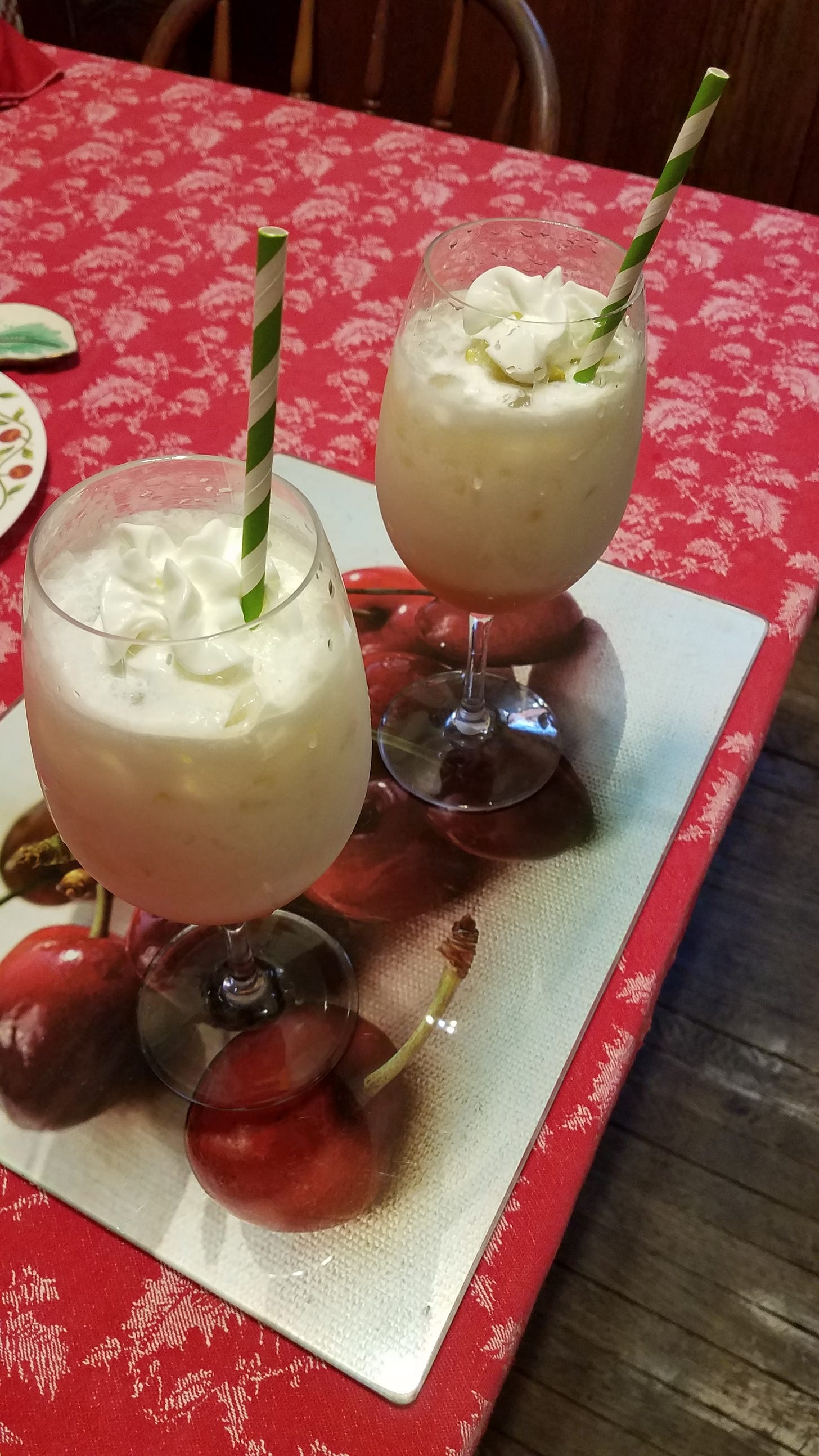
Years ago, when I was teaching six hatha yoga classes a week, I wasn’t eating well because time was my enemy. Most of my classes were scheduled for the five o’clock hour and interfered with eating on a regular schedule. They say don’t eat after 8:00 P. M. but that’s when I got home from class.
Starving, I would eat and have trouble sleeping. My nutritional coach recommended adding a protein shake to my food intake. It helped battle my fatigue and muscle recovery immensely, but it took a lot of trial and error to find one that I liked the taste of and that fell in line with my overall food program of Eat Right 4 Your Type. Another blog on that program later.
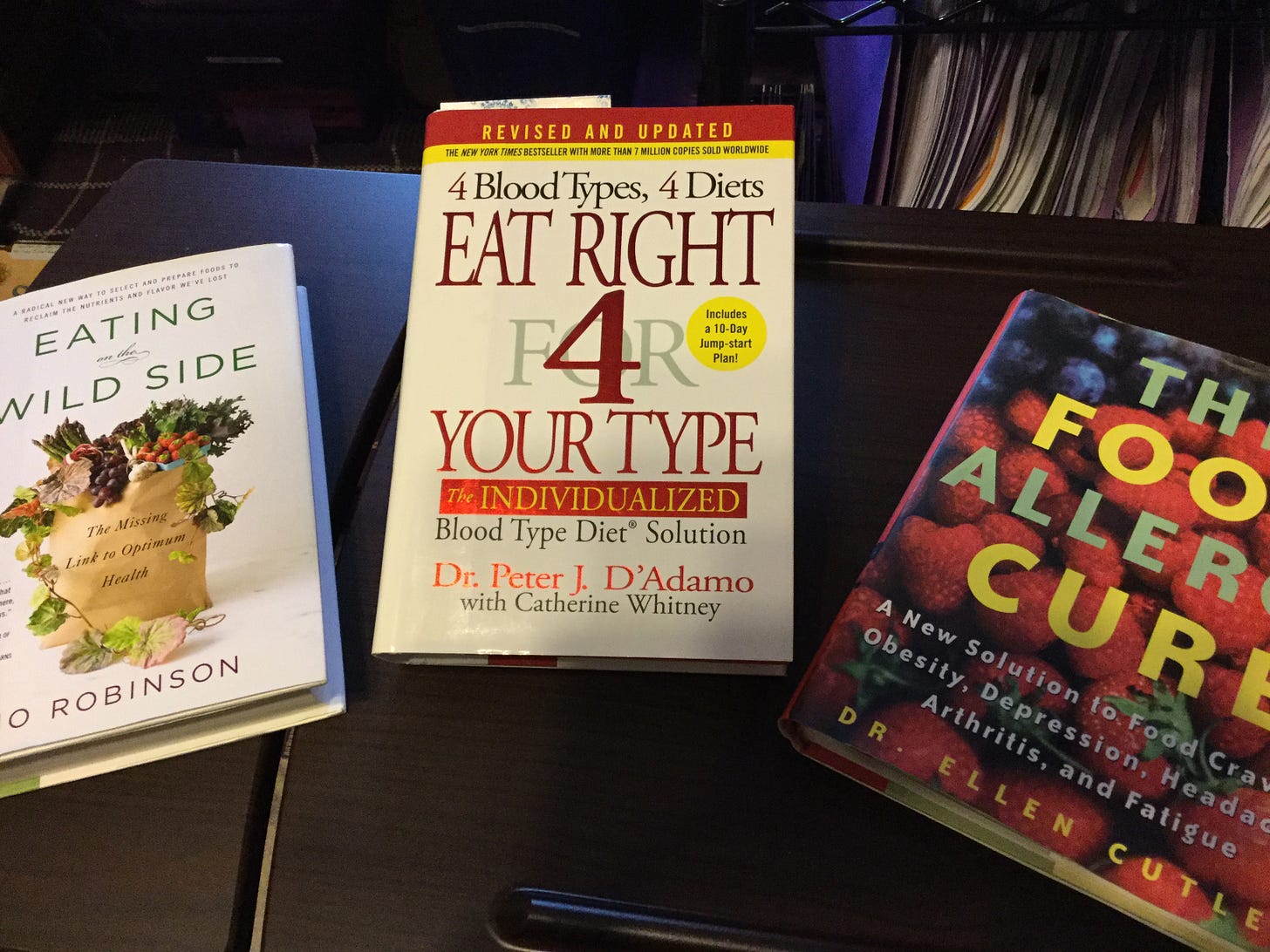
The “blood type diet” as it’s nicknamed suggests that my O blood type avoid wheat and whey. Many protein drinks contain whey and drinking them made me feel bloated rather than satisfied. The brand that eventually hit the spot is Premier Protein. When I wanted to reduce the amount of sugar in my diet, this brand helped since it generally contains only one gram. Does it help control my weight? Yes, but I don’t use it for that purpose. I drink it for the protein benefits as I’ve come to dislike the taste of many meat products and vegetable protein doesn’t fill me up. I also appreciate that Premier Protein is low on sodium content. It’s not crazy expensive and typically easy to find in stores and online. Winning!
The general key to losing weight is to cut calories and exercise regularly. A protein drink as a meal replacement is perfectly fine but not on a long-term basis. Whole foods and plenty of water are mandatory to a healthy food program. I don’t say “diet” because the first three letters spell “die.”
Do you drink a protein shake on a regular basis? Why or why not? Which one works for you? Recipes to share?
I hope your WRITEDAY is fantastic.
Joy
Women with clean houses do not have finished books. ~Joy E. Held
Connect with me
Advertisement

Please note that this site may contain affiliates links. I may earn a small commission if you click through the link and make a purchase. Thanks for all the support!
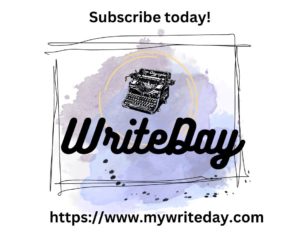
The September/October My WRITEDAY subscription box “Back to the Books” ships September 20! Sign up now to be an Early Bird subscriber and receive a surprise free gift with your first box.
$59.00 plus tax includes shipping.
My WRITEDAY is a subscription box program that delivers curated products from authors, creators, and small businesses to writers and readers in the US. It’s unique in that many products are sourced from writers who are also crafters and artisans. Each box delivers a writing craft book of the month and 3-7 items associated with the key concepts (journaling, fitness, relaxation, nutrition, and creative play) of Writer Wellness, my flagship program and book (Headline Books, Inc. 2020.)
Each box is inspired by literary themes, genres, and holidays. Every box includes access to My WRITEDAY digital magazine filled with writing and publishing tips, writer wellness ideas, fiction excerpts, poetry, special offers, social media options such as live virtual meetings, and more.
The idea behind My WRITEDAY is to help writers spend more time creating stories, engaging with like-minded book friends, and enjoying the juicy, creative life they deserve. From craft books to office supplies to fun, writing/reading inspired décor, subscribers will discover an experience designed to offer a healthful plan for living your best writing life.

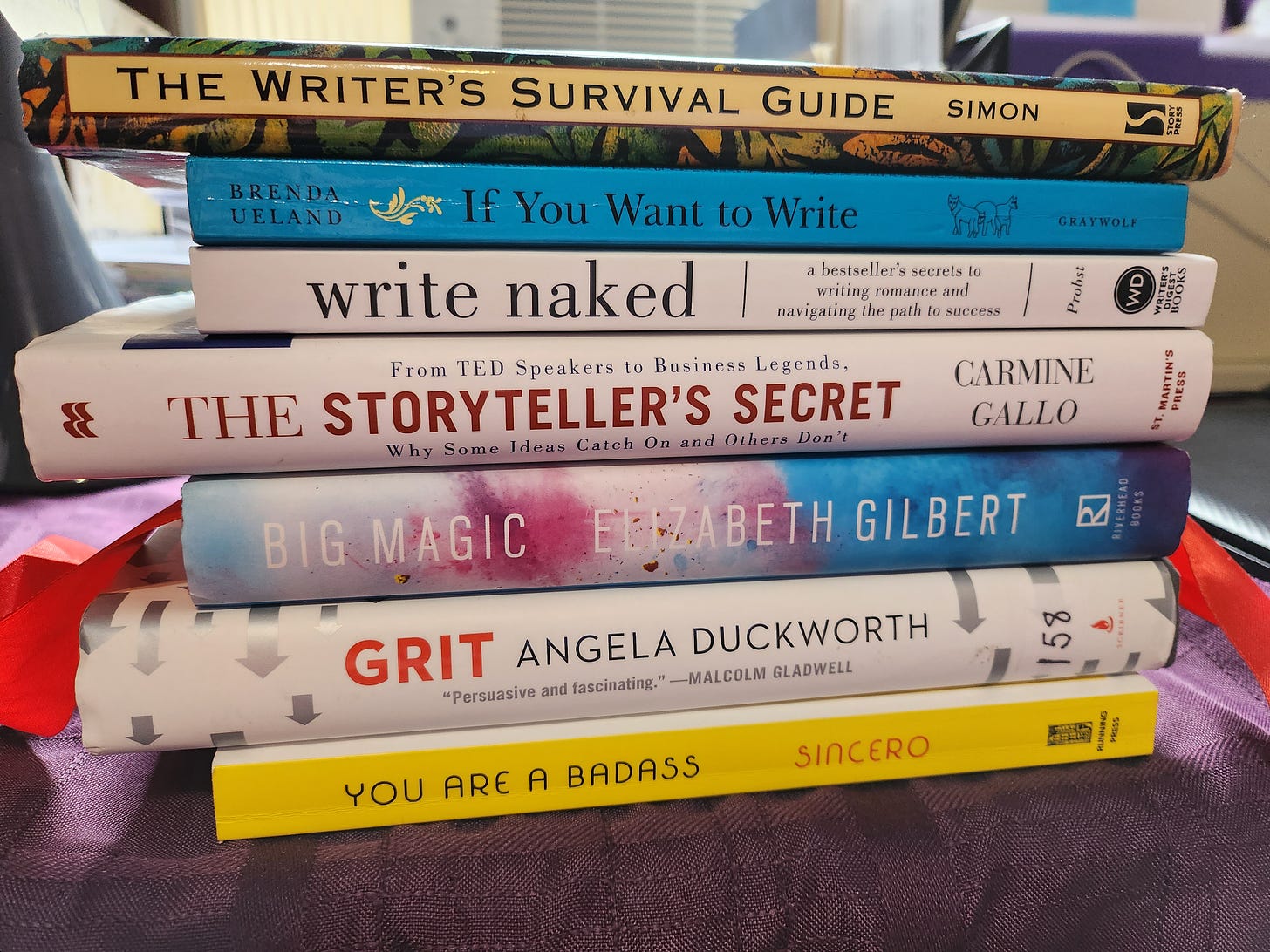
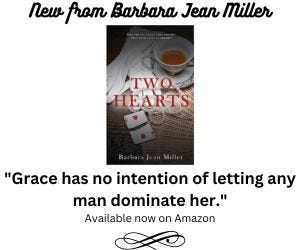

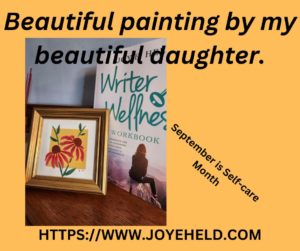
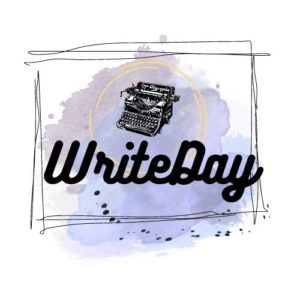
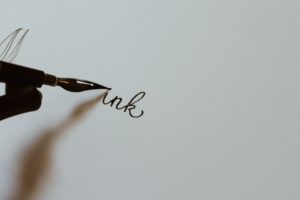
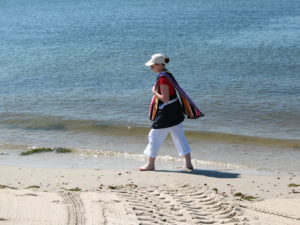
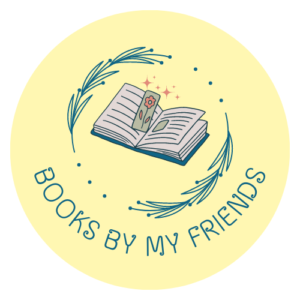


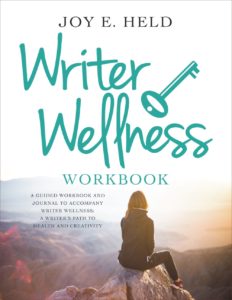

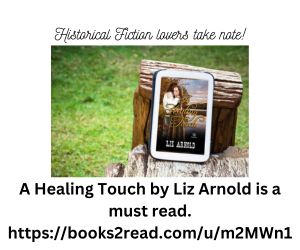

 The idea for my book and workshop Writer Wellness: A Writer’s Path to Health and Creativity
The idea for my book and workshop Writer Wellness: A Writer’s Path to Health and Creativity 